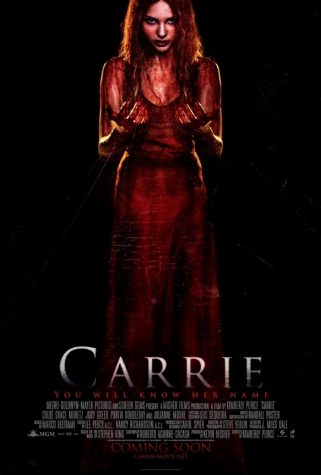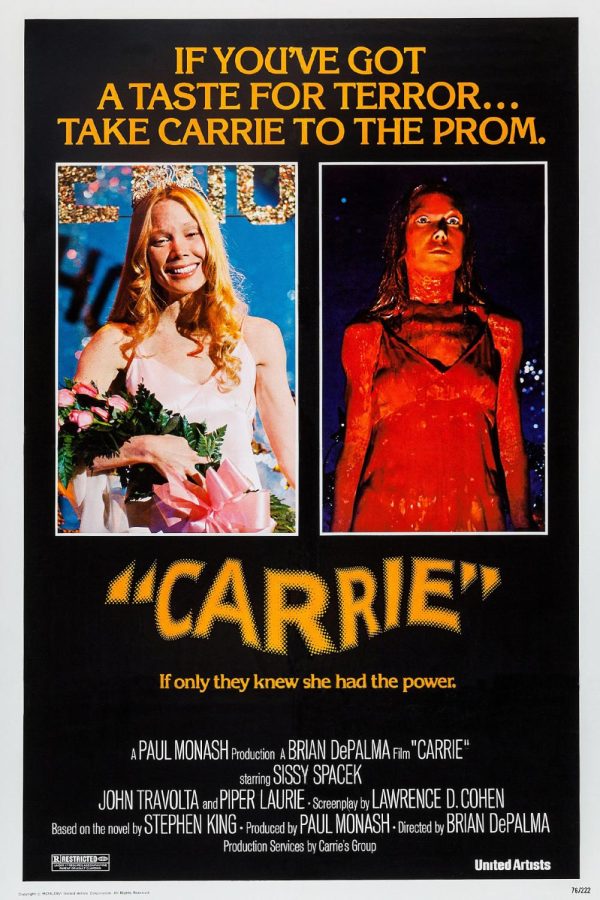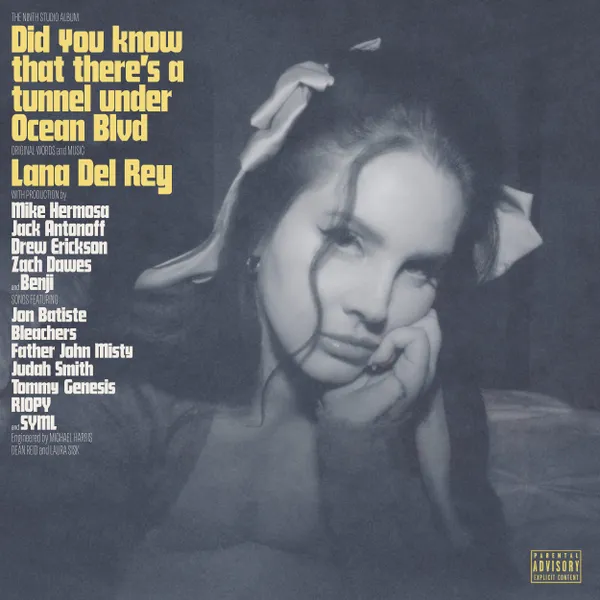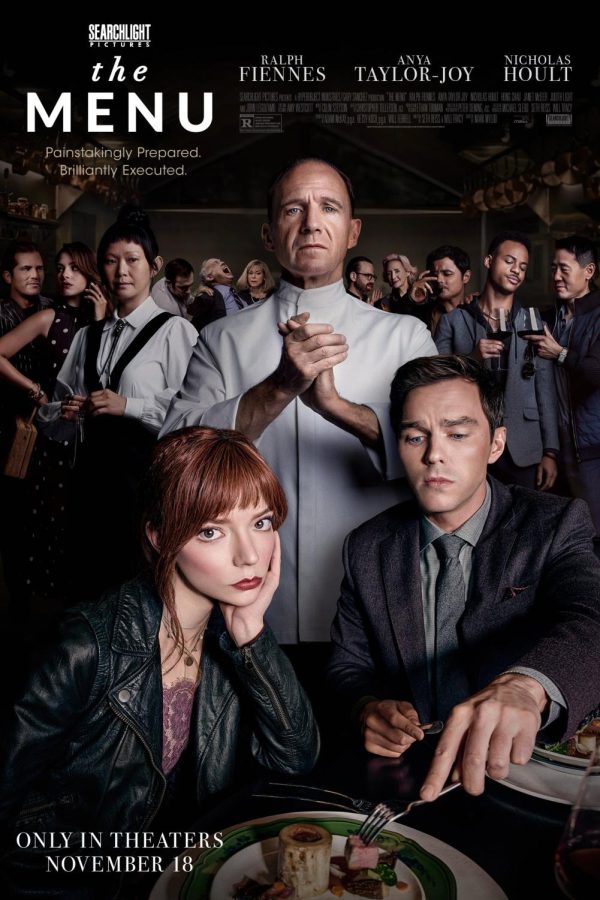Horror author Stephen King published his first novel titled Carrie in 1974, and it inspired a film of the same name, starring Sissy Spacek and John Travolta, that was released in theaters in 1976. Subsequently, a newer adaptation of the novel, starring Chloë Grace Moretz, premiered in 2013. Overall, the 1976 film is the better version of Carrie, because it focuses on the artistic aspect rather than on the action.
Both versions of the novel have a similar plot. Carrie White is a shy, humble girl who’s received horrendous amounts of bullying from her peers. Her mother, on the other hand, is extremely conservative and transfers her past religious trauma onto her daughter. One day, Carrie can’t take the endless torture any longer, so she lashes out at her classmates at her senior prom. And it’s hard for the audience to blame her for her actions.
Both adaptations of the novel take place in the fictional rural town of Chamberlain, but otherwise, both films have different depictions of Carrie. The 2013 version, directed by Kimberly Pierce, depicts Carrie as a little bit more open and stronger than she is in the 1976 version. The older depiction of Carrie, on the other hand, is that of a fragile, young girl, who is completely helpless and unaware of how to deal with her tormentors.
Both depictions show Carrie’s strange and enclosed relationship with her mother. Margaret, as portrayed by Piper Laurie in the 1976 version, is exaggerated in her religious beliefs. She is shown to be extremely tied to her religion, to the point that she isolates her daughter from possible sinful acts. Margaret, as played by Julianne Moore in the 2013 version, is subtler and calmer, although she often acts in the same way as her predecessor.
The plot of the story stays exactly the same throughout both films. However, I did notice that a couple scenes are a lot more exaggerated in the remake than they are shown in the original. One scene in particular is way over the top in the 1976 version, and that is Carrie’s final moment when she has her revenge on her classmates. Carrie pushes everyone by telekinesis, breaking things and slamming tables onto students.
This scene in the remake is also very brutal and bloody. After burning down her auditorium, Carrie then proceeds to follow her bullies after they have tried to escape, by creating a crack in the ground and crashing their car into a nearby gas station. Carrie, in the original movie, only burns the school to the ground and takes herself back home where she kills her mother.

In the original, Carrie’s scenes are more heartbreaking, given the fact that her personality in the original is weaker than in the remake. Before the blood and violence, Carrie’s prom is shown as dreamy. The shots give a vibrant and happy feeling, especially when we see Carrie dance for the first time after being crowned as prom queen. This scene is quite colorful, with bright red, blue and orange lights. The blurred camera images in this scene give a much more nostalgic feeling towards her prom.
This feeling is then intensified when blood is poured on Carrie’s head and her mothers voice repeats the line, “They are all going to laugh at you!” The colors then turn from dreamy to nauseating.
The original also does a great job in respecting the audience’s intelligence in judging what’s about to happen. The remake, by contrast, focuses more on revenge rather than on the buildup to that revenge. They generally have to describe and show everything, which is quite common in this generation of films.
Scenes in the original film are also more sexualized than in the remake. The opening scenes of both films show Carrie getting her period in the shower after gym class, and she is completely mortified by what is happening to her. In the older version of the story, the girls throw insults and tampons at Carrie, making her upset and shaken. In the original, they show close-up shots of her thighs, and in other scenes, most girls under the age of eighteen are shown half-naked.
Therefore, the 1976 version of Carrie is better in cinematography, tone and dialogue. The older film better shows what is happening to Carrie, rather than consistently using dialogue. Conversely, the 2013 remake portrays the characters in a less exaggerated manner, giving the plot a better look, and both films are well-respected and greatly appreciated.
And yet, if you only have room in your life for one film adaptation of Carrie, stick with the original movie. And if you enjoy Carrie, you might also want to check out Suspiria and Black Swan.












